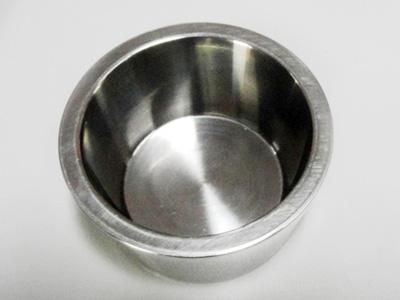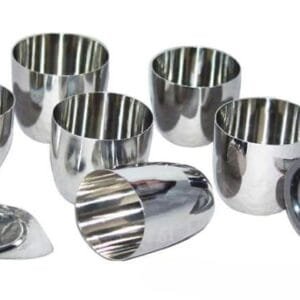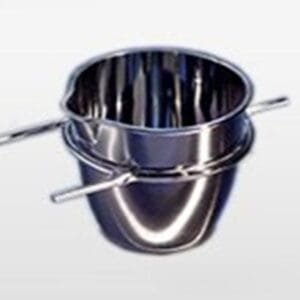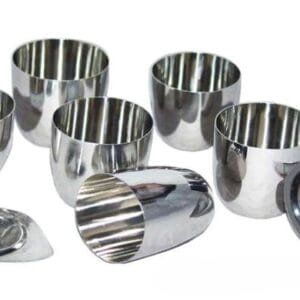Molybdenum Crucible Description
Molybdenum crucibles are tailored for specific applications, with variations in density depending on their intended use. For sintering applications, the crucibles typically have a density ranging from 9.8 to 10 g/cm³, while those intended for forging purposes can reach densities of up to 10.2 g/cm³. They can be custom-manufactured in various shapes, including oval, tapered, bottomless, and round mouth designs.
These crucibles are highly versatile and find applications in industries such as LED sapphire crystal growth and the chemical sector. TFM offers customized molybdenum crucibles crafted to precise customer specifications.
TFM’s comprehensive approach includes refining molybdenum powder, pressing and sintering ingots, rolling input materials for spinning, and forming, trimming, and cleaning the crucibles. With capabilities to produce a diverse range of diameters, heights, and thicknesses, TFM ensures that their crucibles meet the specific needs of their clients.

Molybdenum Crucible Specifications
Condition | Size (mm) | Tolerance (mm) | ||
Diameter (mm) | Height (mm) | Diameter (mm) | Height (mm) | |
Sintering | 10-500 | 10-600 | +/-5 | +/-5 |
Forging | 10-130 | 10-200 | +/-1 | +/-2 |
| Material Type | Molybdenum |
| Symbol | Mo |
| Color/Appearance | Grey, Metallic |
| Melting Point | 2,617 °C |
| Comments | Films smooth, hard. Careful degas required. |
| Density | 10280 kg/m3 |
Molybdenum Crucible Applications
With a high corrosion resistance to most acids and many molten materials such as glass or metals, molybdenum crucibles are ideal for the metallurgy, mechanism, and rare earth smelting industries. They can withstand vacuum thermal evaporation, nuclear fuel sintering, and capacitor sintering. Molybdenum Mo crucibles are also seeing an increased use in the growing high technology industry and in crystalloid materials.
Molybdenum Crucible Packaging
Our high performance molybdenum Mo crucibles are wrapped in foam and packaged in plywood cases to ensure safe storage and transportation.





Reviews
There are no reviews yet.